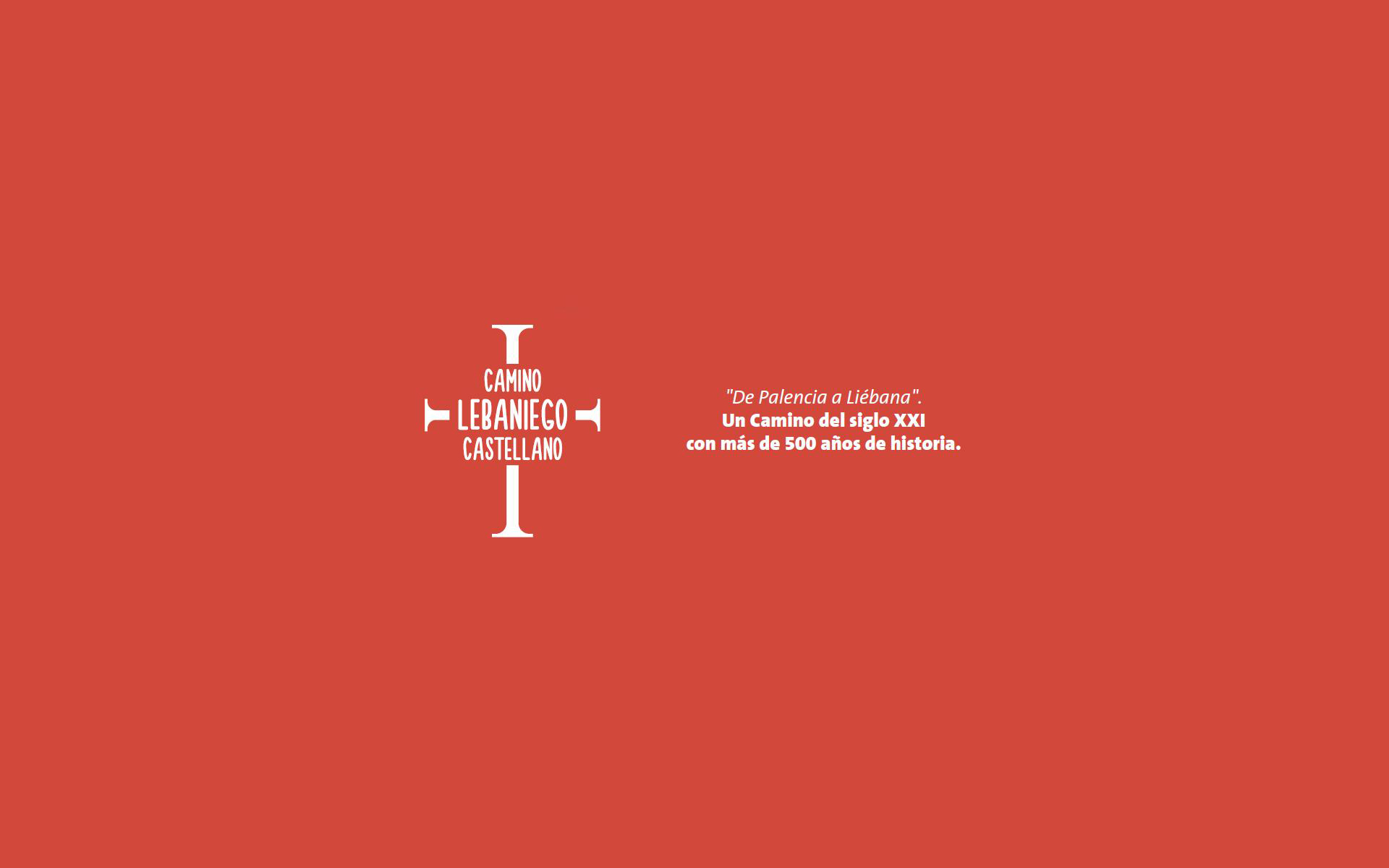The Camino Lebaniego
Sometimes people travel certain "roads" not only for the pleasure of traveling, but to find a meaning to our lives. Perhaps we are moved by a reason that is not well defined, a goal that is sometimes not precise, an internal search, or simply the pleasure of knowing landscapes and people, but we know that it makes us feel better about ourselves.
This Guide aims to rescue an ancient but almost unprecedented Camino Lebaniego Castellano, a 21st century road for a pilgrimage of more than 5 centuries closely linked to the Palencia capital, from where it leaves for the Monastery of Santo Toribio de Liébana, near Potes, in the geographic and emotional heart of Cantabria.
The itinerary of this transit between the Meseta fields and the Cantabrian brañas takes place in the lands of Palencia through varied landscapes, through the towpaths of the Canal de Castilla, through the Romanesque road to the North and finally through the green paths of the Palencia mountains, to the limit between both Communities.
In the variety of these landscapes, each traveler can feel pilgrim and each pilgrim walking, since the road could be labeled as a cultural space, natural path or way of worship, a unique journey in which the compass will always point towards a north full of stories and of legends.
The route, designed for walking or pedaling, has been divided into 11 orientative stages, described in detail in this "Guide to the Camino Lebaniego in Palencia", which includes both the itineraries and services of interest to the pilgrim, as well as points for the seal of the credentials that will certify to the pilgrims their condition of "crucenos", name with which is distinguished those who for that purpose go to Santo Toribio de Liébana, to venerate the relics of the Saint and his famous Lignum Crucis.
La vida y la historia del ser humano consisten en ser peregrino de la propia existencia
Gilbert Keith Chesterton
